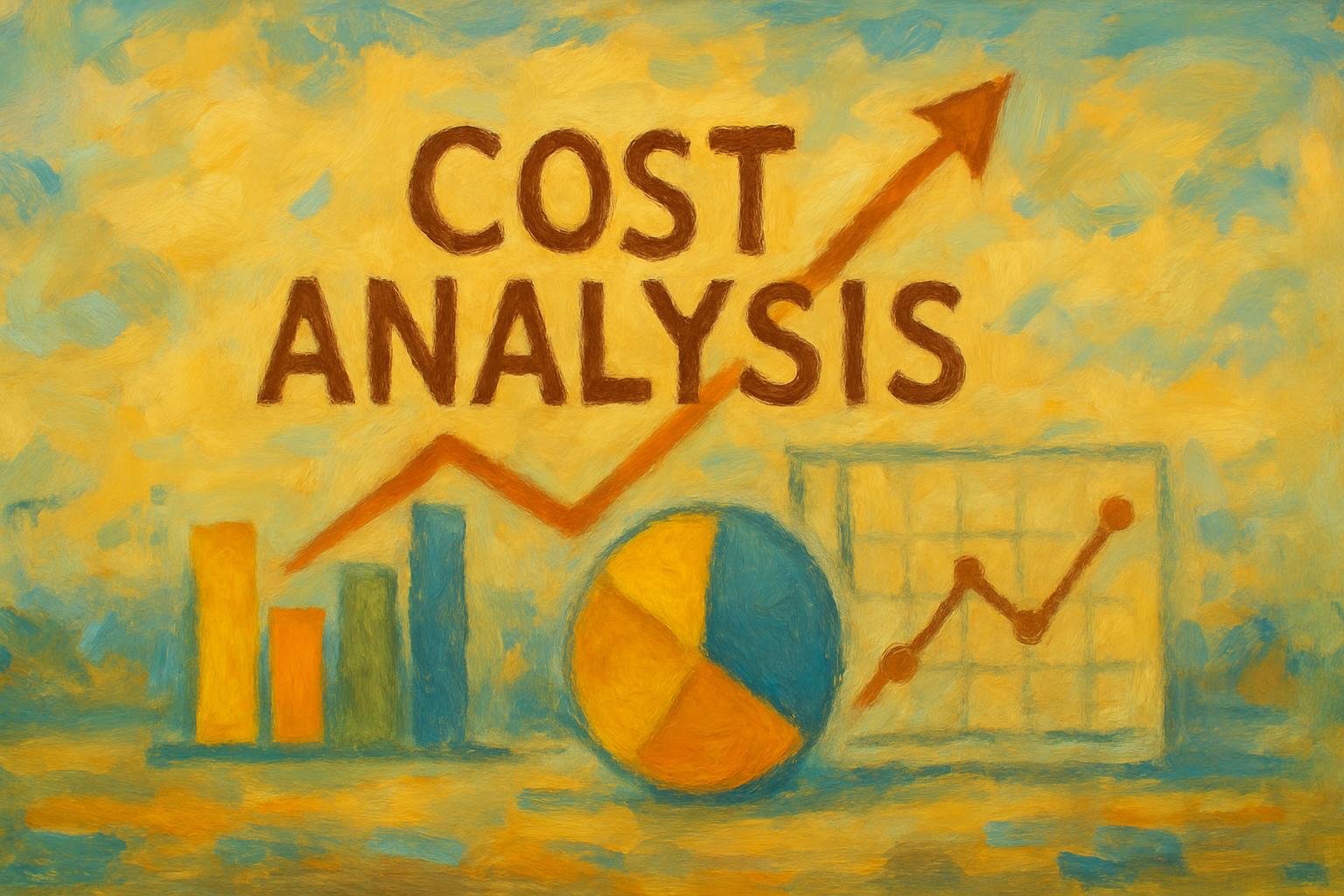Fixed vs Variable Costs
Understanding how costs behave with scale and finding the path to profitability

Fixed vs Variable Costs: The Food Truck Revelation
Picture this: You’re running a food truck for the month. Your monthly fixed costs are $3,000 (truck payment, permits, insurance). Whether you sell zero tacos this month or 2,000, those costs stay the same: $3,000.
But here’s the thing—every taco you make needs a tortilla ($0.50), filling ($2.00), and salsa ($0.25). The more tacos, the more ingredients. The fixed costs? Same $3,000, busy month or slow month.
Welcome to the two forces that shape every business decision: fixed costs and variable costs.
Understanding this split isn’t just “business theory”—it’s the difference between confident scaling and expensive mistakes.
See Your Costs in Action
Use the interactive tool below. Don’t just read—play with the sliders.
Try this right now:
- Slide volume from 100 to 1500. Watch the cost per taco drop.
- Set price to $4. See what happens to profit.
- Find your breakeven point—when does profit turn positive?
The Two Types of Costs (No Jargon)
| Fixed Costs | Variable Costs |
|---|---|
| Same whether you make 1 or 1,000 | Goes up with each unit you make |
| Food truck monthly payment ($1,500) | Ingredients ($2.75 per taco) |
| Permits & insurance ($1,500) | Packaging ($0.50 per taco) |
| Your monthly salary | Gas for the truck |
| Equipment payments | Credit card processing fees |
The key insight: Fixed costs get “cheaper” per unit as you grow. Variable costs stay the same per unit.
Why This Matters for Designers
1. Pricing Reality Check
If your price doesn’t cover variable costs, you lose money on every sale. Period.
Quick test: Can you sell one unit at a price that covers its variable cost? If not, stop and rethink.
2. Growth Strategy
- High fixed, low variable (Netflix, SaaS): Big risk upfront, massive upside if you scale
- Low fixed, high variable (consulting, freelancing): Less risk, but harder to scale
3. Investment Timing
Fixed costs are bets on the future. Add them when you’re confident about growth, not when you’re still figuring things out.
Mini Case Study: Why Netflix Spends Billions
Netflix spends gazillions annually on content—whether they have 10 million subscribers or 200 million. But streaming one more show to one more person? Costs basically nothing.
The result: Every new subscriber makes Netflix more profitable. The content cost gets spread across more people.
Your takeaway: If you can create something once and sell it many times, you’re playing the Netflix game.
Three Questions to Ask Yourself Right Now
1. List your fixed and variable costs Grab a piece of paper. Make two columns. Don’t worry about exact numbers—just categories.
2. What’s your breakeven point? Use the tool above with your real numbers. How many units until you’re profitable?
3. Stress test: What if demand dropped 50%? Would your fixed costs crush you, or could you survive?
The Designer’s Advantage
As a designer, you naturally think in systems. Costs are just another system to design:
- Start lean: Keep fixed costs low while you validate
- Scale smart: Add fixed costs that unlock growth, not just comfort
- Think in ratios: What percentage of your costs are fixed vs variable?
Your Next Step
Tomorrow morning: List the fixed and variable costs for any project you’re working on. Share it with a teammate—they’ll spot things you missed.
This week: Look at three businesses you admire. Can you guess their cost structure? High fixed (like Netflix) or high variable (like consulting)?
The Bottom Line
Understanding fixed vs variable costs isn’t just “business”—it’s how you design resilience and opportunity into everything you build.
Fixed costs are your foundation. Variable costs are your fuel. Know both, and you’ll make better decisions about pricing, growth, and risk.
“In business, the rearview mirror is always clearer than the windshield. But knowing your costs? That’s how you see the road ahead.”
Ready to go deeper? Next lesson: “The Time Value of Money” is COMING SOON!